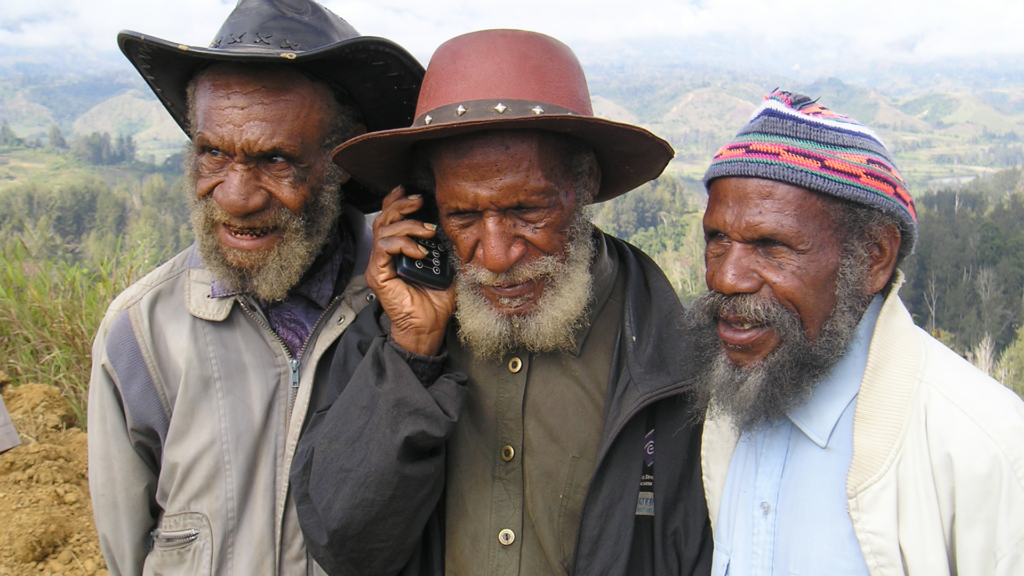Young Ellen Harmon was raised as a Methodist Christian. She was taught and believed that sinners who rejected God’s love would burn forever in hellfire.
As a result, young Ellen came to see God “as a tyrant, who delighted in the agonies of the condemned”.1 This article will examine what led to her changing her understanding.
Ellen Harmon was born into a world that was saturated in Christian thinking and ways of life. This was the time when the Second Great Awakening was sweeping New England, and religious fervour was at a high pitch. Robert, her father, was a lay-exhorter in the Methodist Church, meaning his function was between a deacon and an elder in our church today. Elements of the church her family attended were influenced by the “shouting” Methodists, with “hallelujahs” and “amens” a normal part of worship, along with recently introduced instrumental music.
The Accident
Ellen was about nine years old when she was struck on the nose by a stone thrown by an older student as she was crossing a park in Portland, MA. She was unconscious for three weeks as a result, and it caused at least temporary disfigurement to her facial features. She suffered serious health issues from this so that many of the visitors to her family home did not expect her to live. Some asked her mother, Eunice, whether she had talked with Ellen about dying and being ready for that. Ellen heard some of this and, desiring to be ready, prayed earnestly for forgiveness. She received peace of mind and loved Jesus, and wished that everyone would “have their sins forgiven and love Jesus as I did”.2
Years later Ellen would reflect on this terrible accident: “This misfortune, which for a time seemed so bitter and was so hard to bear, has proved to be a blessing in disguise. The cruel blow which blighted the joys of earth, was the means of turning my eyes to heaven.”3 She went on to add, “I might never have known Jesus, had not the sorrow that clouded my early years led me to seek comfort in him.” While the accident was a terrible trial for young Ellen, both in physical pain she endured and the impact on her outward appearance—her father did not recognise her on his return from a business trip—it caused her to desire to be right with God and was the means of leading her to Jesus.
Conversion Experience
Ellen’s peace of mind did not last. Being unable to continue her education she complained against God and did not tell even her parents what mental and spiritual struggles she was going through. Ellen was afraid of death as she felt her spiritual life was dreadful. She longed for someone to tell her how to come to Jesus to be saved. Some months later she attended a Methodist camp meeting where she was challenged to come to Jesus as she was. She would find a Saviour ready to extend the sceptre of mercy even as Ahasuerus did to Esther.4 She went forward praying, “Help Jesus; save me or I perish!”5 There Ellen found peace and her burdens lifted. She was assured of her salvation because of Jesus who seemed so near and real to her. He understood her and her life situation.
But this again did not last partly due to conflict over her Millerite belief that Jesus was soon to return, and partly because of her misunderstanding of how Christians should live. She mistakenly believed that true Christians would have an experience that would affect them physically. In addition, she also believed they had to be holy in themselves in order to see God. Ellen saw that she lacked this experience, and this brought despair and darkness to her soul. She expected the fate of the condemned sinner, and to her at that time, it meant burning forever in the flames of hellfire. She thought “God delighted in the torture of His creatures”, and often wished she had never been born.6 This was partly due to the justice of God being emphasised at the expense of His love.
Two Dreams
Ellen recounts two dreams that bring this experience to a climax. The first pictured a temple with a bleeding lamb tied to a pillar that all who wished to be saved had to come to and confess their sins. Before she could do so, a trumpet sounded, and everything went black. She could hardly convince herself it was only a dream. The second describes her being invited to see Jesus. She follows a bright being into a room where she finds herself in the presence of Jesus. Ellen knew right then that Jesus understood her situation, and, placing His hand on her head said, “Fear not”.7 Now she knew that Jesus knew everything about her; the mistakes and failures she felt were separating her from Him. She understood that Jesus loves even baptised sinners and desires them to come to Him just as they are.
Sharing
Now Ellen told her mother what she had been struggling with, and Eunice arranged for Ellen to visit Levi Stockman, a young Methodist minister. He assured her of the love of God in Jesus for all His children and this teaching was grounded in Scripture. She learned of the tender love of God for all humanity, and that this was why Jesus came to this world to be our Saviour. That was great news, and she wanted to share it with others. It was God’s love for her, that she had now experienced, that drove young Ellen to share with her friends. She prayed for them, visited them, desiring they should come to know the loving Jesus that she had experienced. This, she believed, was her duty, and it motivated her for the rest of her life.
- Ellen G White, Testimonies for the Church, 4th ed., 9 vols. (Mountain View, CA: Pacific Press, 1948), 1:24.
- White, Testimonies for the Church, 1:11.
- White, “Notes of Travel,” Review and Herald, November 25, 1884, 1.
- White, Life Sketches of Ellen G. White: Being a Narrative of Her Experience to 1881 as Written by Herself; with a Sketch of Her Subsequent Labors and Her Last Sickness Compiled from Original Sources (Mountain View, CA: Pacific Press, 1915), 22.
- White, Life Sketches of Ellen G White, 23.
- White, Testimonies for the Church, 1:25.
- White, Testimonies for the Church, 1:29.
This article is part 1 of 2.
Mark Pearce is the director of the Ellen G White/Seventh-day Adventist Research Centre in New South Wales.






